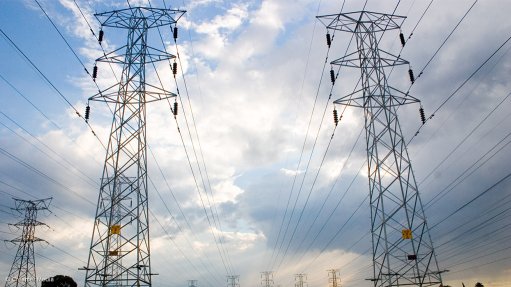
Photo by: Creamer Media
Eskom is not expecting load-shedding on Tuesday, with unplanned breakdowns down to 13 694MW after reaching almost 16 000MW over the weekend, which triggered stage two load-shedding.
Eskom has not managed to keep unplanned breakdowns at below 9 500MW - the level at which it is forced to consider load-shedding - for a single day since December 4, 2019.
On Tuesday morning, Eskom said the system remains constrained and vulnerable.
"The water levels at the pumped storage schemes are currently adequate to supplement the shortage of capacity if required and we continue to work on replenishing our diesel levels at our open cycle gas turbine generators."
Anything above 9 500MW means that Eskom has to resort to emergency power generation: open cycle gas turbines and pumped storage hydro electrical plants. These are very expensive ways of generating power, particularly gas turbines as they require large quantities of diesel. They can only be used for short periods before diesel and water reserves run out.
Netwerk24 reports that for the first time in months, both units of the Koeberg nuclear power plant are back online. After being out of commission for planned maintenance, Unit 1 was switched on Monday morning just before 6am and slowly started feeding electricity into the national grid.
Once it's at full capacity, it will deliver at least 970MW.
Koeberg, which started producing electricity in 1984, will reach the end of its design life in four years' time, but Eskom has plans to extend it for another twenty years.
Meanwhile, after another disastrous failure of the coal conveyor belt feeding the Medupi power station, Eskom COO Jan Oberholzer told Cape Talk on Monday that coal handling at the power station will be redesigned.
Oberholzer said that one of Medupi’s units should have been out of commission from this week for more than two months to implement design changes, but plans were put on hold due to the shortage of electricity in the system.